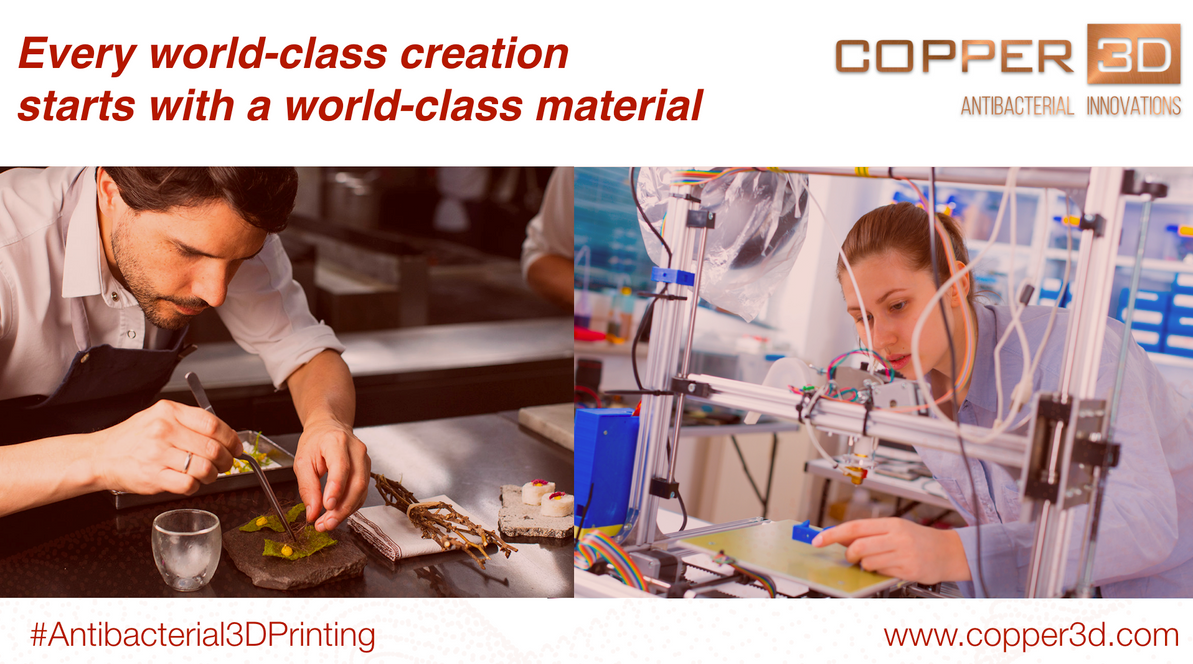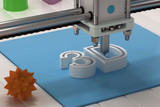How 3D Printing can be used in Healthcare industry?
Technological advancements are taking place almost every day and the medical industry is one of the sectors leveraging the most benefits. With developing new methods and treatments to cure a variety of health issues, it would have been tough for the healthcare sector to move ahead without the technological equipment.
For many years, 3D printing has been in use and the medical field has also enhanced with making it a part of its working. The professionals use 3D printing for personalized pharmaceuticals, providing knowledge to the patients about new treatments, prosthetics as well as the creation of patient-specific replicas of bones, organs, blood vessels, etc.
Though 3D printing is an innovative part of the healthcare industry, selecting the right technology as per your clinic requirements can be a bit difficult. You need to take into account the various factors such as material, accuracy, cost, and more. Also, there are different types of 3D printers filaments such as PLA filament, ABS filament, etc. that play a great role in the end result. For example, PLActive Filaments can be used in to create Medical applications, Food contact and processing applications, Orthopedics, Surgical guides and equipment, Water-filtering applications and Postoperative prostheses.
Benefits of 3D printing in Healthcare
The following are a few points that highlight the benefits of 3D printing in healthcare.
●Customized Models
With the help of 3D printing it has been possible to produce bespoke and tailored models that are critical in the improvement of the patient's outcome. Moreover, it makes the surgical process smooth and hassle-free by allowing the professional to manufacture in advance.
●Create Complex Designs Easily
3D printing has made it easier to create complicated designs which hadn’t been possible any other way. Body parts are simply created with hybrid plastics and new composites. Also, they are lightweight and have improved strength. By choosing the right materials and creating accurate designs with them, patients can experience freedom and comfort.
●Reduced Errors
It’s not easy to create custom devices manually as they need to be designed in a meticulous manner and the chances of errors are always there too. On the other hand, with 3D printing physicians can make as many alterations as required before going for the final print.
Different Materials Used in 3D Printing
While this technology is playing a great role in taking the healthcare sector to new levels, there are a variety of materials used for the printers that determine the type of printing required.
PLA Filament
Polylactic acid or PLA is one of the most commonly used 3D printing materials and is made from organic resources. Featuring an opaque and glossy finish it’s usually used for complicated and detailed prints. Plus, PLA filament is great for understanding the visual and aesthetic properties of a prototype.
Coming to the consequences, it’s made of plastic and produces over 50 identified VOCs, including 1-Butanol which can affect the eyes, skin, respiratory and central nervous systems. However, PLA has a considerably lower emission rate than its counterparts.
ABS Filament
Acrylonitrile butadiene styrene, a thermoplastic filament is a slightly more technical and challenging for new 3D printing users. It is often used for manufacturing purposes as it is a rigid material that is able to withstand high impact. If you need the prototype to be strong or technically functional, you can go for using ABS filament.
Its disadvantage is that it’s also made of plastic and has been found to emit over 175 different VOCs, including carcinogens like styrene and methylene chloride. Also, it has higher particle and total VOC emission rates than PLA.
3D printing is being adopted by a large number of medical professionals, and before you decide to make it a part of your practice, it’s essential to know about it in detail. It’s expected to see its applications to be used on an even larger scale and improving patient’s conditions in better ways!
Recent Posts
-
Best Computer Screens for Home and Office
Computer display screens, often referred to simply as monitors, have undergone a remarkable evolutio …27th Dec 2023 -
Unleashing Creativity Down Under: The Best 3D Printing Filament Options in Australia
Australia has become a hub for creativity and innovation, and 3D printing is no exception. With an …3rd Jun 2023 -
How is 3D Printing Technology enhancing the Advertising Industry?
3D printing, or additive manufacturing, is the process of using digital files to create three- dime …8th May 2023

 FREE SHIPPING ON ORDER OVER $75
FREE SHIPPING ON ORDER OVER $75
 LOYALTY PROGRAM
LOYALTY PROGRAM
 SHIPPING WORLDWIDE
SHIPPING WORLDWIDE



